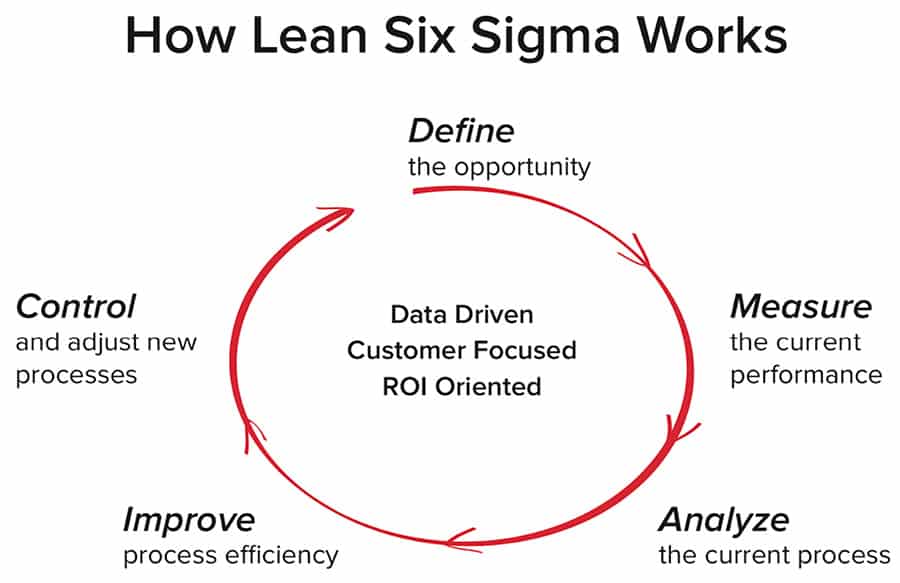If you’re a Lean Six Sigma practitioner, you’re no stranger to the challenges of implementing solutions in the DMAIC (Define, Measure, Analyze, Improve, Control) cycle. Resistance to change, limited resources, and communication hurdles can stand in your way. But fear not, we’ve got the lowdown on how to supercharge your solution implementation cycle for lasting, impactful improvements.1. Align with StakeholdersBefore you embark on implementing solutions, ensure you have the backing and buy-in of key stakeholders affected by the change. This includes your customers, sponsors, managers, and your invaluable team members. Keep the lines of communication open, clear, and frequent. Share the benefits, risks, and expectations of the solution. Get them involved in the planning, testing, and feedback stages. Address concerns and objections while demonstrating how the solution will tackle their problems or fulfill their needs.2. Plan and PrioritizeImplementing solutions can be intricate, particularly if you’re juggling multiple solutions or working on a grand scale. To navigate this complexity, meticulous planning and prioritization are your allies. Leverage tools like Gantt charts, action plans, or PDCA (Plan, Do, Check, Act) cycles to define tasks, resources, timelines, and responsibilities for each solution. Prioritize solutions based on their impact, feasibility, and urgency. Divide tasks into manageable chunks and assign roles and accountabilities clearly.3. Monitor and Measure As you roll out your solutions, don’t leave progress and performance to chance. Use data and metrics to track results, comparing them against your baseline and goals. Visualize and communicate the data using tools such as control charts, dashboards, or scorecards. Be vigilant about identifying deviations, errors, or issues that may crop up, and take corrective actions promptly. Don’t forget to celebrate and reward achievements and successes along the way – it’s the fuel to keep your team motivated!4. Review and Refine Once your solutions are in place, the journey isn’t over. You must review and refine them to ensure they’re operating as intended and that they’re sustainable. Rely on tools like audits, surveys, or interviews to gather feedback from stakeholders and evaluate the outcomes and impacts of your solutions. Dive into the feedback and data to spot gaps, weaknesses, and opportunities for improvement. Implement any necessary changes or adjustments to optimize your solutions. Document and share lessons learned and best practices to elevate your team’s collective knowledge.5. Standardize and Sustain The final lap of the solution implementation cycle is all about standardizing and sustaining your solutions. This means ensuring they seamlessly integrate into your organization’s normal processes and procedures and are consistently followed. Use tools like SOPs (Standard Operating Procedures), checklists, or training materials to document and communicate your solutions. Offer ongoing support, coaching, and reinforcement to stakeholders and team members. Keep a watchful eye, periodically monitoring and reviewing your solutions, and making updates or revisions as needed.What else to consider: Have an interesting story, a unique example, or any insights that don’t quite fit into the above sections? Share them – we’d love to hear your perspective!With these tips in your arsenal, you’ll be better equipped to conquer the challenges of implementing solutions effectively in Lean Six Sigma. It’s not just about business efficiency; it’s a journey of personal and professional growth. Stay tuned for more Lean Six Sigma insights and tips right here.
Mastering the Solution Implementation Cycle in Lean Six Sigma


